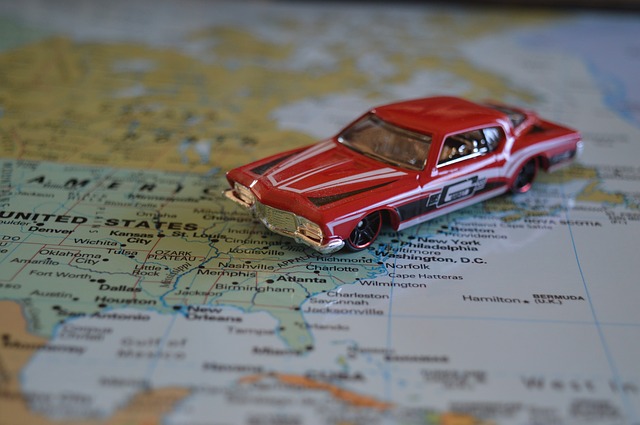Is It Time for Self-Inflating Tires?

Self-inflating tire systems are used on a lot of commercial vehicles but they aren’t offered on ordinary passenger cars.
Many cars and trucks today are equipped with tire pressure-monitoring systems but there’s no way for the driver to do anything about it.
This will likely change soon.
First, consider that the pressure in the tires on your car or truck is constantly changing. This occurs for two reasons. The first is that air pressure changes with temperature. When tires get hot, the air pressure in them increases. Conversely, when they get cold, the tire pressure decreases. Pretty simple. The second concept is “permeation” which is when air simply leaks out of a tire over time. Tires can lose one or two psi (pounds per square inch) each month due to permeation. Tire pressure can be lost when a foreign object punctures the tire and the leak is slow. (If its fast, most drivers repair the tire.)
According to www.lynchchevroletofmukwonago.com about 80 percent of the cars on the road are driving with one or more tires underinflated. There are two main reasons why this isn’t a good idea, even if it doesn’t directly affect the driving characteristics of the car. First, under-inflated tires are bad for your gas mileage. This is why: the rolling resistance of a tire increases as a tire gets softer and hotter. This requires your car to produce more horsepower to overcome the additional rolling resistance. Statistics show that tires that are underinflated by as little as 2 psi reduce gas mileage by 10 percent!
The second reason why tire under-inflation is bad is that when tires are low on air, the tire tread wears down more quickly. Here’s why: because tires are flexible, they flex a lot during driving and this causes a tire to wear prematurely.
By the way, important point, you can’t tell if your tires are properly inflated just by looking at them, you should use a tire pressure gauge. And when you add air to them, you want to inflate them to the pressure that your car’s owner’s manual suggests. Important note: this is not the pressure that is stamped on the tire! The pressure rating stamped on your tire’s sidewall is the maximum pressure that the tire is rated for. This is a very common misconception.
So, back to tire self-inflation systems, when will we see them on ordinary cars? According to many sources, it should be soon. The systems are proven but just haven’t migrated down to standard passenger automobiles yet. You can expect to see them being offered in a just a year or so and we may see the federal government getting involved requiring their adoption soon.
Thanks to the service department at Lynch Chevrolet of Mukwonago





